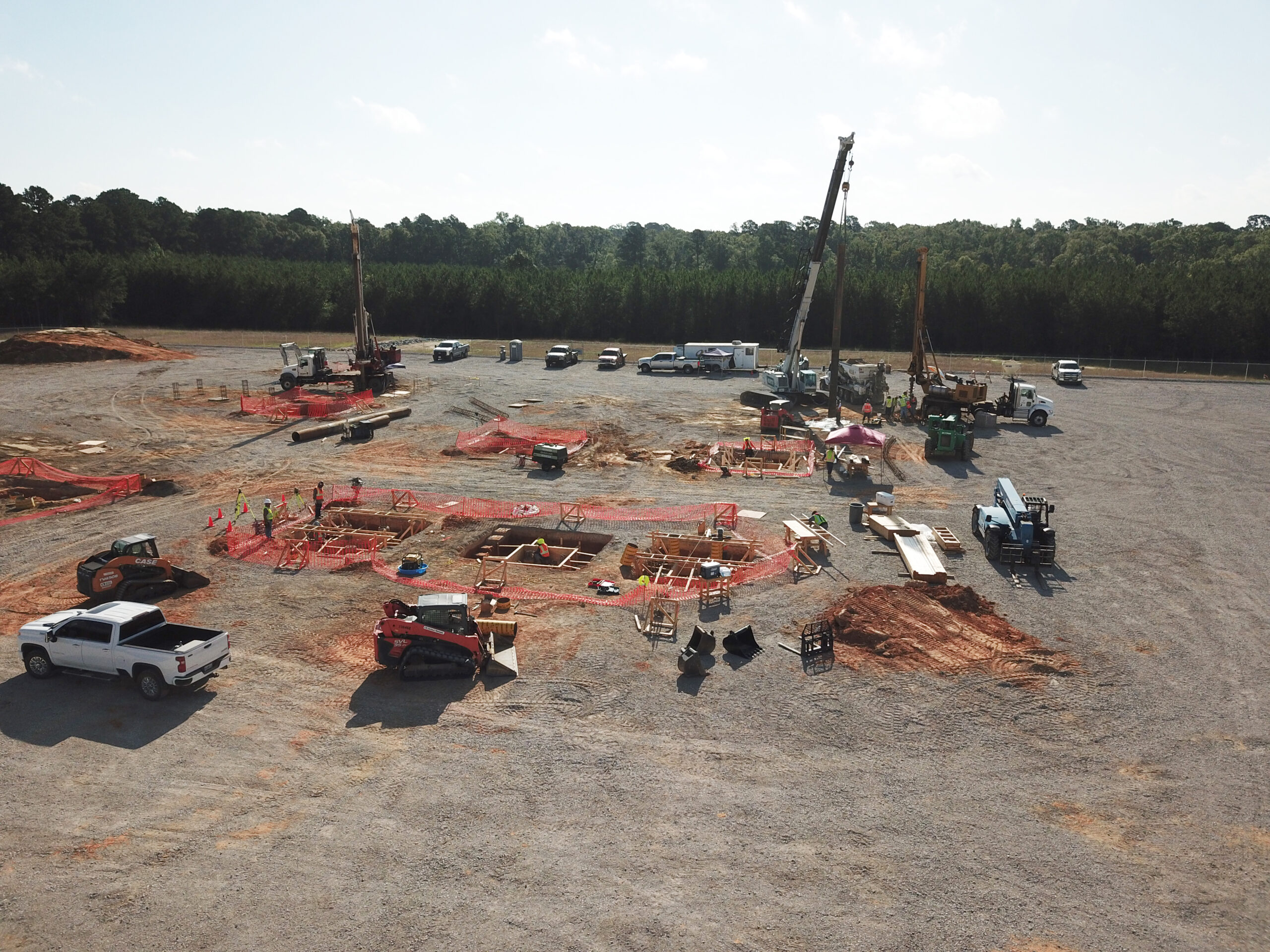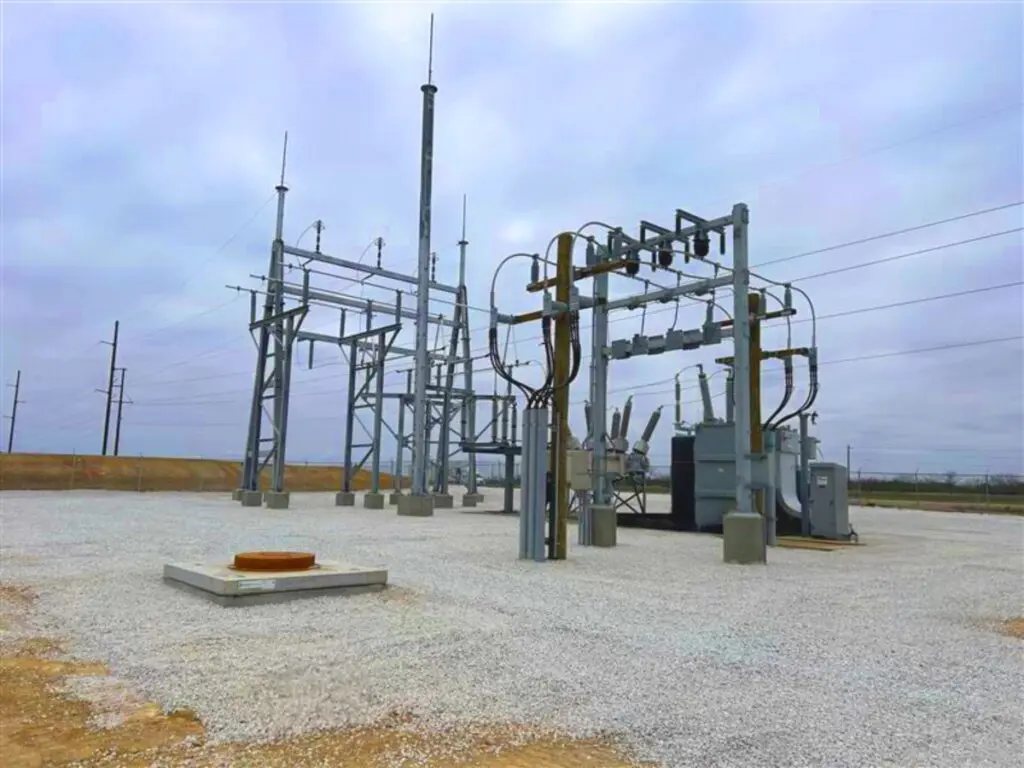

Want to share this article?
3D Virtual Training : The Wave of the Future
Over the past decade, operators throughout the oil and gas industry have become increasingly focused on reducing workplace risk, preventing OSHA recordable incidents, and improving the competency of their workforce.
Consequently, a greater emphasis has been placed on the adoption of new and advanced training technologies that can enhance learning, increase knowledge retention, and effectively prepare employees for situations they will encounter during the course of real-life field work.
One methodology that has gained traction with many operators in recent years is 3D simulation-based virtual training. Leveraging much of the same technology used to develop video games, 3D simulators offer operators a means of immersing their employees in a virtual work environment. In many cases, the trainee may be viewing an exact model of the facility to which they will be assigned — allowing them to practice their skills and become intimately familiar with the inner workings of an operation without having to physically be onsite.
In addition to providing employees with the knowledge necessary to safely and efficiently perform specific tasks without actually being at risk, virtual training offers many advantages over traditional classroom training (i.e., Power Point presentations), particularly with regards to engagement. Computers can also be programmed to simulate thousands of different scenarios, allowing supervisors to see first-hand how trainees react and perform in emergency situations. Furthermore, simulators minimize the need to conduct onsite training exercises, where there is a greater threat of damage to valuable equipment.
Along with these benefits, the adoption of virtual training in the oil and gas sector is playing an important role in addressing the widespread talent crisis. With many industry veterans retiring and fewer young professionals coming in to fill their shoes (i.e., The Great Crew Change), having the ability to improve knowledge transfer and more rapidly prepare new graduates for the rigors of working in the field has become increasingly critical. 3D simulation training is an important step on the way to achieving that — not only by shortening the learning curve, but also by taking advantage of the entertainment-driven multimedia platforms that have become commonplace in many facets of everyday life.












